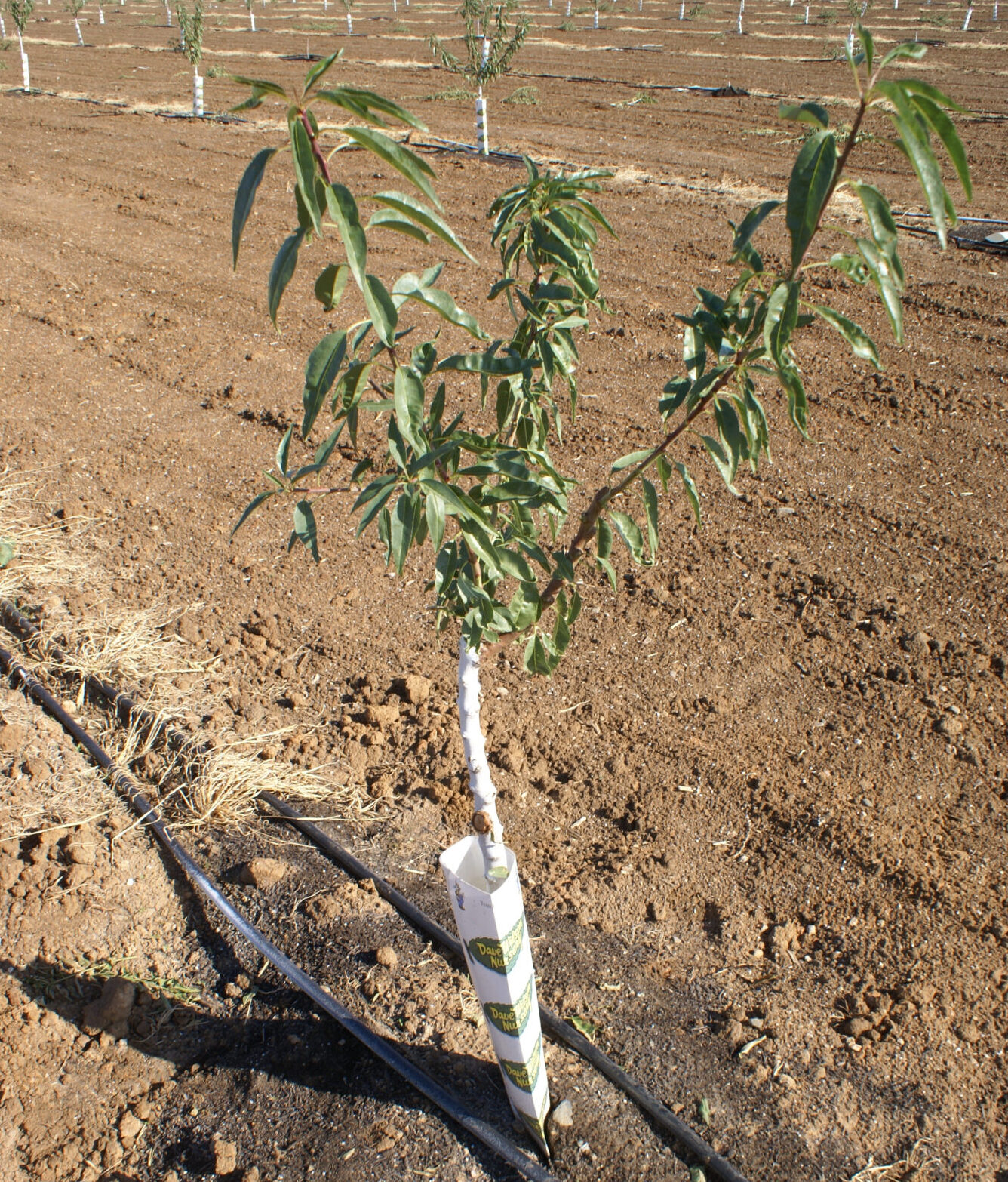
Calculating the right mix and level of inputs to ensure high almond yields while still maintaining profitability is no easy task. A panel of experts pointed out some pitfalls and potential opportunities for improving orchard profitability while maintaining long term orchard health at the 2020 Almond Industry Conference in December.
Panelists emphasized good irrigation, nutrient and pest management programs as key to long-term orchard health and yield. Moderated by ABC Director of Sustainability and Environmental Affairs Gabriele Ludwig, the panel included CCA and almond grower Bill Brush; Blue Diamond Growers regional manager Mike Griffin; UCCE farm advisor Franz Neiderholzer; and Scott Severson, a grower and PCA with Mid Valley Ag Services.
A Long-Term Investment
“This is not a one-year crop or even a five-year crop,” Brush said. “Don’t short your young trees.
Pulling back on older orchards might be a consideration when returns are low, but growers need to ensure the long-term health of a young orchard to preserve yields and provide a return on investment.
Brush, who advises growers from Red Bluff to southern Kern County, said growers do need to take a close look at their spreadsheets to see production and harvest costs. Water, nutrition, pollination and pest control costs will have to be weighed against pounds produced and the price received.
“You have to look at the benefits of an input; you don’t put them on for the cost, but for their effect,” Brush said.
With a perennial crop such as almonds, Neiderholzer said long-term vision and consistent high net returns are necessary to remain in business.
“You are farming two crops at once by August, this year’s and next year’s. Stress at harvest will impact flower numbers the following year.”
Speaking from a pest management perspective, Severson said that when choosing chemistries, consider the cost per day of control. There may be a temptation to use a lower priced material, he said, but the more expensive chemistries will have a longer residual effect, lowering the control cost per day.
“It is easy to be attracted to the low cost, but that may not be the most economical,” he said.
Severson said timing of the pesticide application is also critical to achieve the best results on the investment. A pesticide application will be more effective if done at the most vulnerable stage of a pest’s life cycle or when the crop is more vulnerable. With herbicides, applications before weeds mature will be more effective and less weed seed will be produced.
Annual inputs are vital to orchard health and maintaining high yields, but Griffin said growers need to determine if their inputs are effective and efficient.
Water sensor monitors in the soil and tissue analysis are examples of how input effectiveness can be calculated. Griffin also recommended using spreadsheets to show where money is being spent and the return on investment.
Water is Number One Input
Brush said water is the number one input in growing almonds and the biggest expense for many growers. Getting the water right for each soil type and growing region is important. Cutting water back may seem like a cost savings, but research has shown that yield losses will occur if the trees do not receive the 55 to 60 inches of water they need, whether it be rainfall or applied water. Soils and region are major considerations in water use. There is no buffer capacity with sandy soils, and lesser amounts of water and nutrients can still leach below the root zone. Kern growers know they won’t receive the winter rainfall needed to keep their soil profile filled, Brush said, so they plan on irrigation to meet tree needs in dry winters. Growers in the north can usually count on rainfall to supply part of their water needs, but that may not be the case every year.
You may not see the benefits until August, Griffin said, but getting the soil profile filled will help the crop continue to grow through hot summer months. Trees that are well irrigated going into harvest will have fewer mite issues.
In a dry winter, a decision to irrigate needs to be made before roots become active, Severson said.
Nutrients are Important
A decision to forego an expensive nutrient application, such as potassium, may not affect the current year’s crop, Neiderholzer, but growers should think about the potential effect on next year’s crop. Proper nutrition at the right time and the right amount will ensure a marketable crop for the next year. Cutting back on nutrition may be an option if soil and tissue analysis indicate levels are adequate. If soil analysis says potassium levels are sufficient, you may be able to get by with half the amount applied and maintain potential for next year.
Brush said there are times when a grower needs to get away from costs and focus on the benefits of a crop input. Squeezing a mature orchard a little can be okay, but you have to invest in the health of young orchards to ensure their long term viability. With a fertility program, if you don’t put in the basic requirements, you will pay for years. You can control timing of applications to make the most of the money spent on this input, Brush said.
An important part of a fertility program is to adjust for what was taken out of the orchard at harvest, Griffin said.










